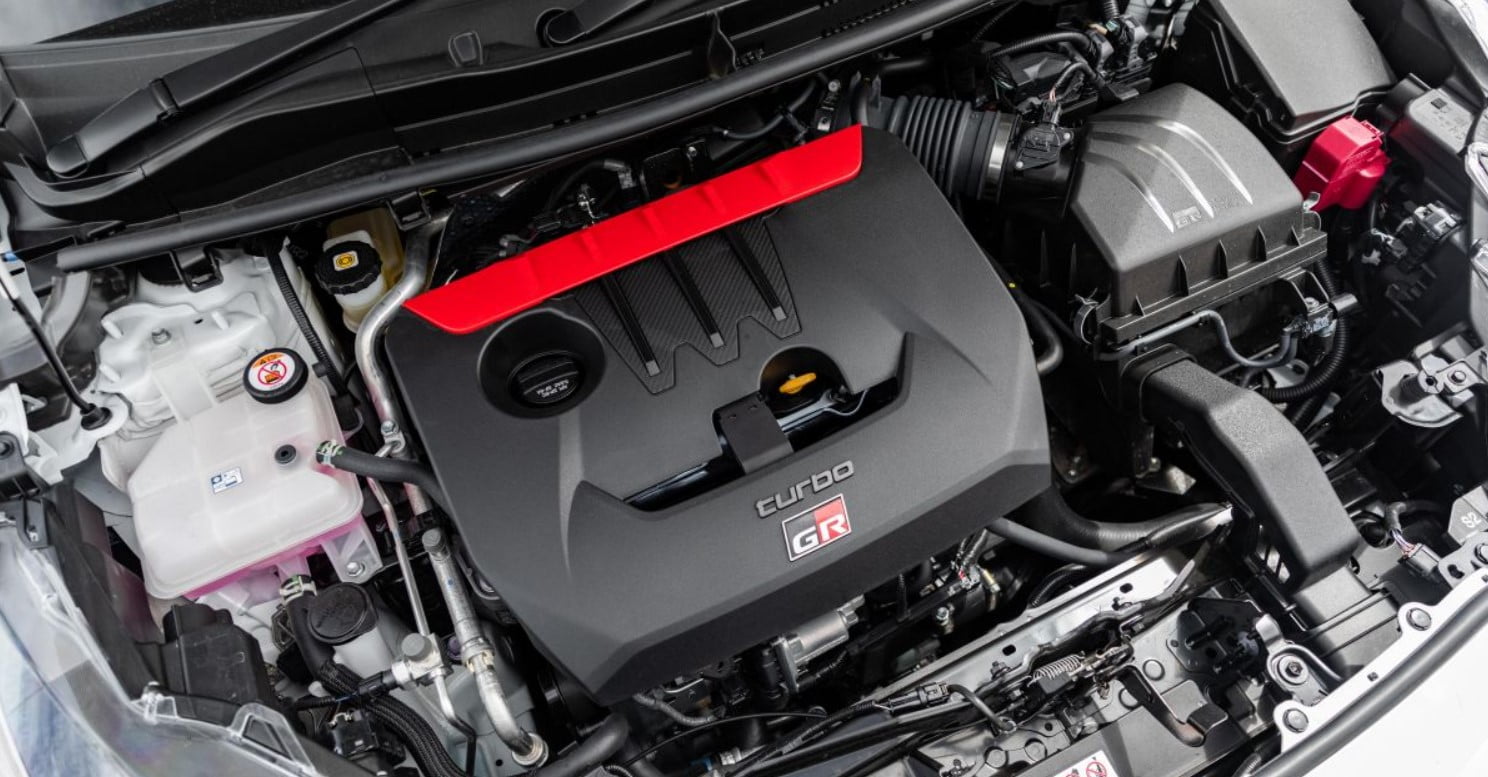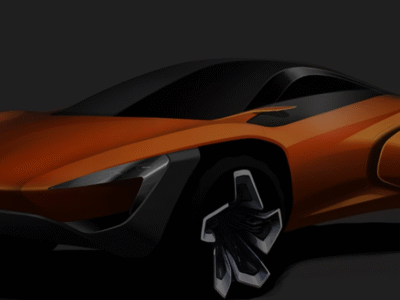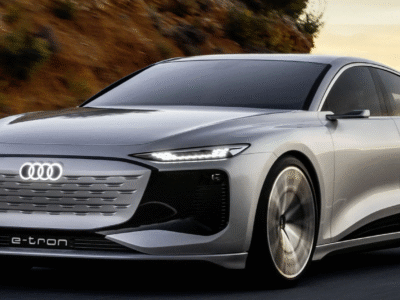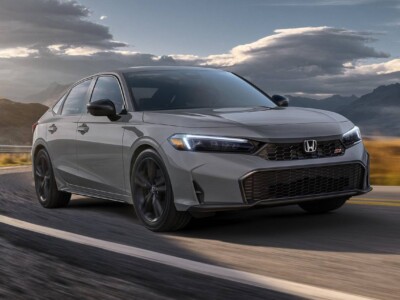
Light vehicles have traditionally featured smaller-displacement engines, with a minimum of four cylinders propelling them. However, more recently, manufacturers are reducing the number of cylinders by equipping models with three-cylinder engines, supposedly with minimal compromise on power or performance.
Some manufacturers, including Toyota, Ford, Volvo, and Jaguar Land Rover, even use three-cylinder engines as an integral part of their performance or advanced plug-in hybrid propulsion systems.
Why have these engines become the chosen propulsion system for smaller vehicles? There are countless reasons.
Safety standards, especially those promoted by ANCAP, Euro NCAP, and other organizations worldwide, have become more demanding over time, with vehicles tested at higher speeds and with larger equipment used to simulate physical impacts.
More recently, these standards have also mandated the incorporation of active safety features such as autonomous emergency braking (AEB) to achieve higher ratings.
As a result, car manufacturers must strive to ensure that their smaller models maintain the right size and adequate interior and trunk space while incorporating more robust crash structures and higher technology, all of which have the potential to increase the vehicle’s weight and introduce more packaging constraints.
The compact size and lighter weight of three-cylinder engines make them ideal for the restrictive space requirements of compact vehicles, and the saved space in the engine compartment can be dedicated elsewhere to maximize safety and passenger space.
Smaller cars also typically have strict cost targets to ensure a model remains profitable, and this means that even a small savings per unit can multiply into a substantial amount during mass production.
With one less cylinder and the corresponding reduction in the number of parts compared to a conventional four-cylinder engine, three-cylinder engines can also be cheaper to manufacture, helping ensure that even the cheapest model in a carmaker’s lineup remains a good commercial investment.
One less cylinder than usual also means one less combustion chamber, leading to environmental benefits regarding reduced fuel consumption and CO2 emissions, allowing car manufacturers to comply with strict Euro 6 and upcoming Euro 7 regulations.
This is particularly relevant in European countries, where regulators have set fleet-wide targets meaning the average CO2 emissions from a carmaker’s passenger vehicle lineup must not exceed 95 g CO2/km. Selling a higher quantity of efficient three-cylinder engines can help offset larger and less efficient vehicles.
Performance Options with Three Cylinders
Arguably, the most iconic three-cylinder performance car is the Toyota GR Yaris inspired by the WRC.
The GR Yaris uses a turbocharged 1.6-liter inline-three engine to produce a total of 200 kW of power at 6500 rpm and 370 Nm of torque over a broad range from 3000 to 4600 rpm, making it the most powerful mass-produced three-cylinder road car yet, with outputs comparable to many bona fide hot hatches from the previous segment.
A more affordable performance option is the Ford Fiesta ST, priced at $33,490 before on-road costs, equipped with a 1.5-liter turbocharged three-cylinder engine generating 147 kW of power at 6000 rpm and 320 Nm of torque at 4000 rpm.
Direct competitors for this car include the VW Polo GTI and the Hyundai i20N, both offered with more conventional and larger-displacement turbocharged four-cylinder engines producing comparable power and torque figures.
Economical Three-Cylinder Options
Given that the EU is considered to have some of the strictest emission regulations globally, it’s not surprising that many fuel-efficient three-cylinder engines originate from European car manufacturers.
French brands Peugeot and Citroën (both now under the Stellantis banner), as well as German brands BMW (including Mini) and the wider Volkswagen Group (including Audi), offer extensive lineups of cars available with three-cylinder engines.
On the French side, everything from the Citroën C3 and C4 to the Peugeot 2008 and the upcoming Peugeot 308 will be available with the widely used 1.2-liter turbocharged three-cylinder Puretech engine, in different states of tune.
From a German perspective, BMW Group has introduced a family of modular engines where each cylinder has a displacement of 0.5 liters (500 cc), and the smallest combination of this—a three-cylinder, 1.5-liter engine—is available in the entry-level Mini Cooper as well as the BMW 118i hatchback and the 218i Gran Coupé with outputs of around 100 kW and 220 Nm.
Meanwhile, models from the VW Group, including the Audi A1, Volkswagen Polo, and Volkswagen T-Cross, are offered with a 1.0-liter turbocharged three-cylinder engine producing 85 kW of power and 200 Nm of torque across all models.
Non-European brands offering three-cylinder engines include Kia (Picanto and Rio GT-line), Suzuki (Swift), the small SUVs Nissan Juke and Ford Puma, as well as more economical versions of the Toyota Yaris and the Yaris Cross derivative.
One way to enhance the performance of three-cylinder engines without compromising emissions or efficiency is through electrification, and, in addition to the “closed-circuit” hybrids offered by Toyota, three-cylinder engines are also used as part of plug-in hybrid electric vehicle (PHEV) propulsion systems.
For example, the Volvo XC40 Recharge PHEV and the Range Rover Evoque PHEV combine a turbocharged three-cylinder, 1.5-liter engine with a battery pack.







